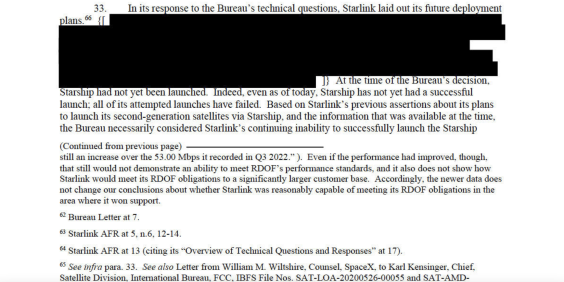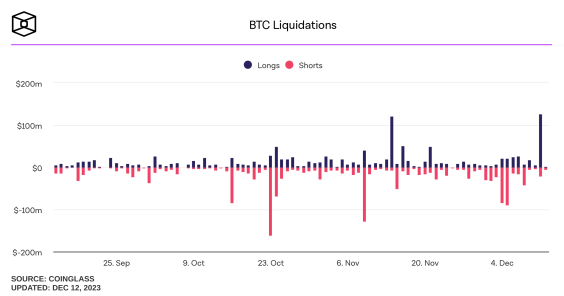This is not investment advice. The author has no position in any of the stocks mentioned. Wccftech.com has a disclosure and ethics policy.
Netflix (NASDAQ:NFLX) over the last three months is suffering from an incredible decline in the share price. The company has declined about 27% with a high likelihood of additional declines as the company is set to lose 40% of its available programming to new streaming services such as Disney (NYSE:DIS) and additional pressure from AT&T (NYSE:T) with its ownership of HBO and the loss of several hit shows. Netflix has a serious and fundamental problem with its streaming service. This problem is not unique to just Netflix with other streaming services like Google (NASDAQ:GOOGL) and it's YouTube Red service follows the same flawed pattern.
This problem is the binge-watch model. Netflix is currently spending billions in an attempt to generate original series and the subscription cost has risen over time to consumers, which may only have a single show they like on the service, purchase a 1-month subscription to watch their one show and then cancel. I know that I am personally guilty of this with the YouTube Red service having just one show I like to watch. What effect does this have on revenue and subscriber counts? One problem with this method of releasing content is that it allows customers the ability to sign up for a month of service during which the show they like on your service is released, watch it for a day or two and then cancel the service until the next year when the next content releases. When you have a limited ability to release new content you have made a single month worth of sales for the millions you may have spent on your series. So for Netflix with a current subscription cost of $8.99 to $15.99 each month the company would have made 1 sale for the one month the show was released.
Compare this to a weekly release schedule of the average 10 to 13 episode season for many hit shows. This would translate to the extension of a subscription by at least a month for must-watch programming. By extending out the subscription you would be able to spread the cost of many of these original series shows out over a longer period of time, increasing the likelihood the viewers would then engage in additional content. The other effect this would have is to increase subscriber numbers and then allow for a price decrease instead of increases. This would allow for more interest in the news cycle, free positive press for Netflix and more interest from potential subscribers. Look at the price for the Disney+ service cost, for example, it is $7 for a four-screen plan with 4K availability. This plan most closely compares to Netflix’s $16 per month plan. While it is not exactly the fairest comparison because Disney has 95 years’ worth of content to draw upon with a great deal of sunk costs it is interesting that it will be pursuing a weekly release model for its new content.
So with the current pressure on the streaming giant, it will probably be a good idea to avoid the stock in the short term. Selling over the last three months has been quite aggressive and there are not many good catalysts for seeing the stock move higher at this time. On the other hand, Disney is looking to see positive growth as it has a host of new programming coming out, the streaming service about to be launched and a huge brand following.













